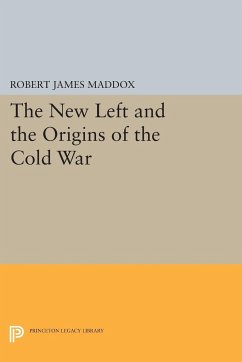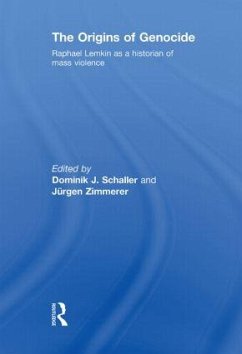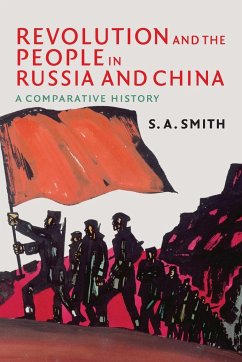
Origins of the Gulag
The Soviet Prison Camp System, 1917-1934
Versandkostenfrei!
Versandfertig in über 4 Wochen
20,99 €
inkl. MwSt.

PAYBACK Punkte
10 °P sammeln!
A vast network of prison camps was an essential part of the Stalinist system. Conditions in the camps were brutal, life expectancy short. At their peak, they housed millions, and hardly an individual in the Soviet Union remained untouched by their tentacles. Michael Jakobson's is the first study to examine the most crucial period in the history of the camps: from the October Revolution of 1917, when the tsarist prison system was destroyed to October 1934, when all places of confinement were cons












